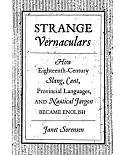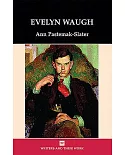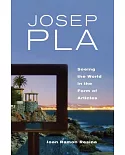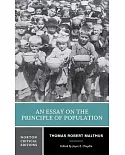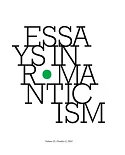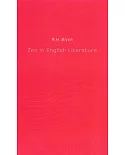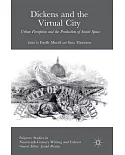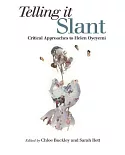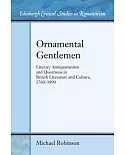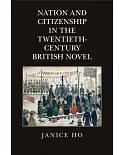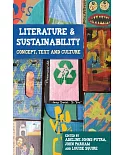This edition provides a fully annotated text of Sarah Fielding's The Lives of Cleopatra and Octavia based on the first edition of 1757. It records Fielding's use of Greek and Roman writers -
particularly Plutarch, Dio Cassius, Appian, Suetonius, and Josephus - eighteenth-century historians, and Renaissance and Restoration playwrights. Christopher D. Johnson, in the introduction,
discusses the printing, publication, and reception of the Lives, suggests its relation to eighteenth-century biographies, places it in a broader context of narrative writing, and considers
Fielding's depiction of gender roles. The variants between the first and second editions of Fielding's work are listed, too, and full bibliographic descriptions are supplied.
The Lives of Cleopatra and Octavia was Sarah Fielding's seventh complete work. It appeared thirteen years after Fielding established her literary reputation with her two-volume episodic novel,
The Adventures of David Simple, and eight years after she published The Governess. In writing The Lives of Cleopatra and Octavia, Fielding moved away from pure fiction and toward a uniquely
imaginative form of biography. Set in the first century B.C., the Lives presents the stories of two famous women, each of whom played an important role in Roman history during the turbulent
period of civil war immediately before the Golden Age of Augustus Caesar.
Sarah Fielding allows her characters to tell their own stories from beyond the grave, creating narratives that are at once factual and fictional. The Lives - borrowed from a number of
historical and literary works - reveals the inner turmoil of the ruthless Cleopatra and the eternal felicity of the patient Octavia. Although earlier readers were quick to dismiss the Lives as
a simple work of didactic fiction, modern readers will recognize in it the intricacy and subtlety of a work that explores eighteenth-century understandings of historiography, psychology,
marriage, and education. The Lives of Cleopatra and Octavia stands testimony not only to the range of Sarah Fielding's art, but also to the complexity and variety of eighteenth-century
literature.
In this edition, Johnson traces Fielding's debts to classical, Renaissance, and Restoration authors. He thus records the extensive research that went into the production of the Lives and
suggests the depth and range of Sarah Fielding's knowledge.


